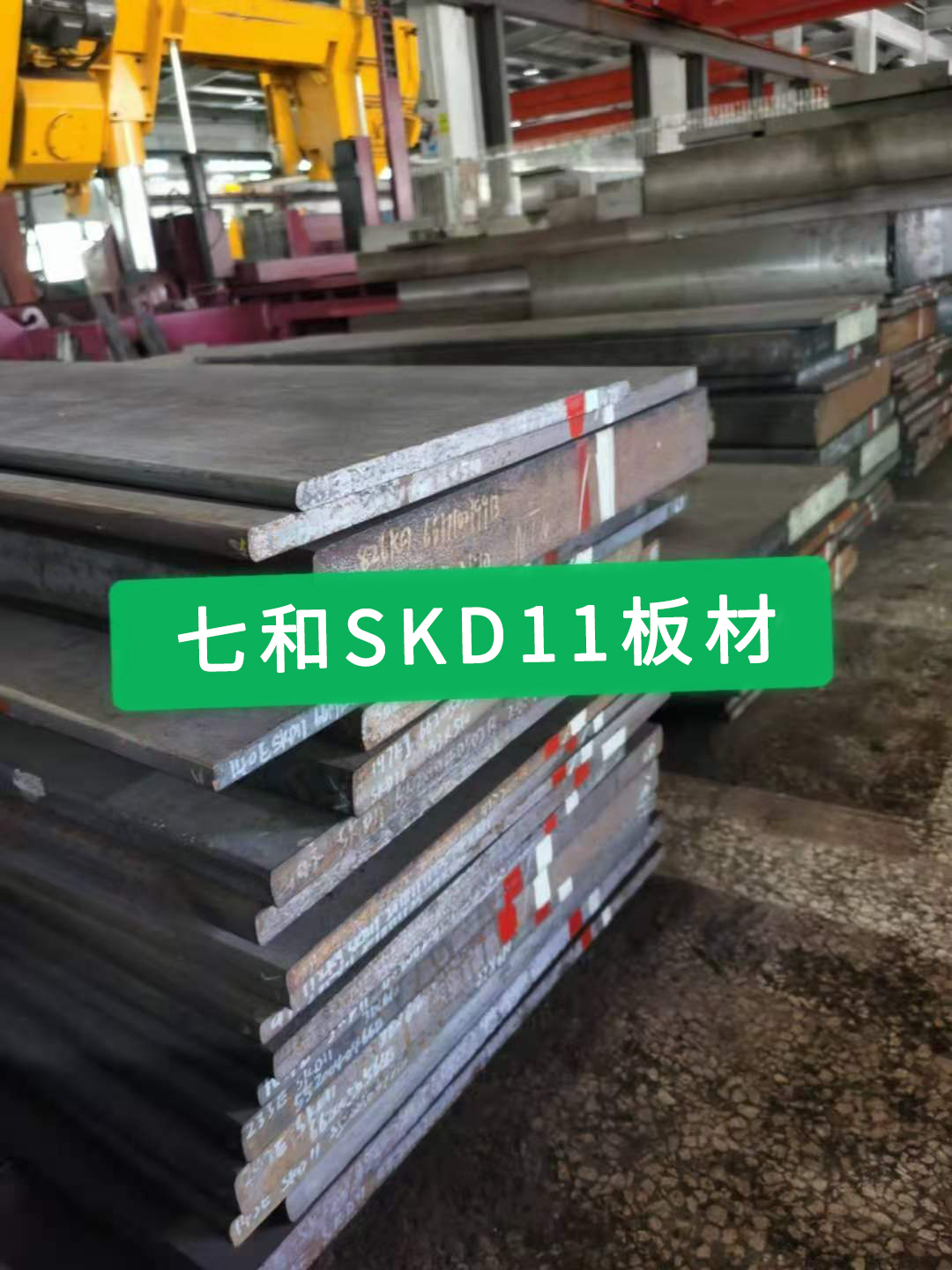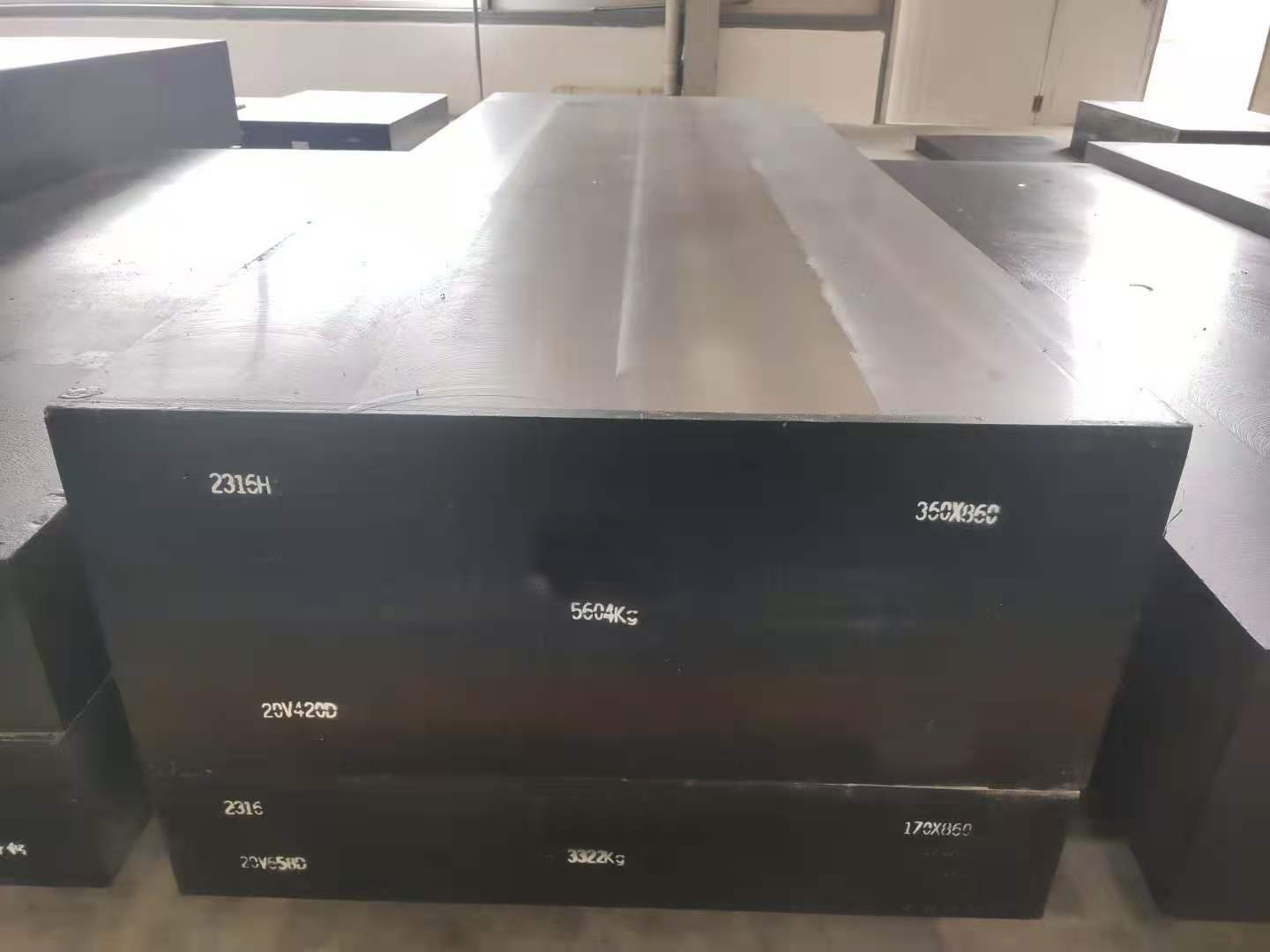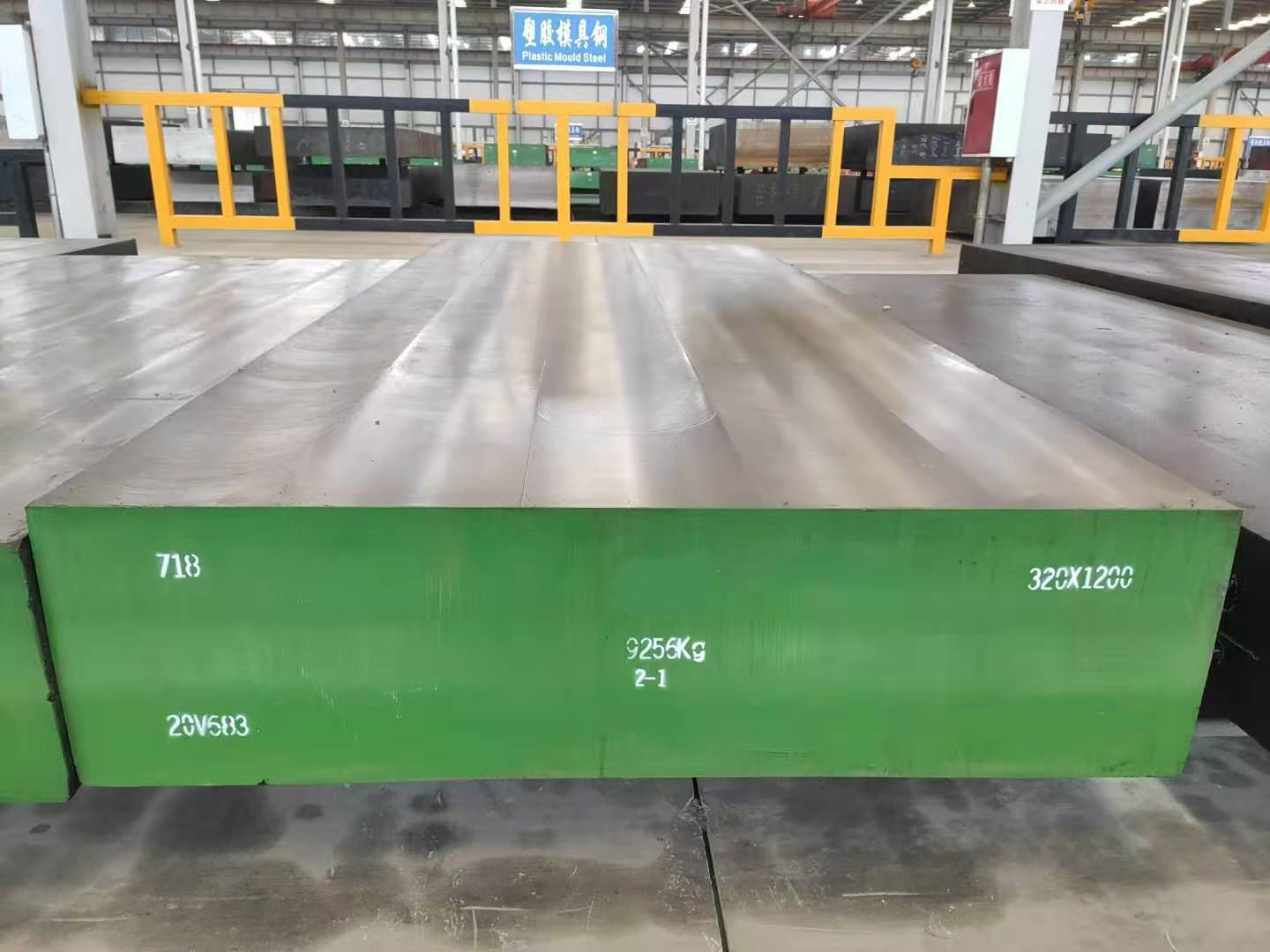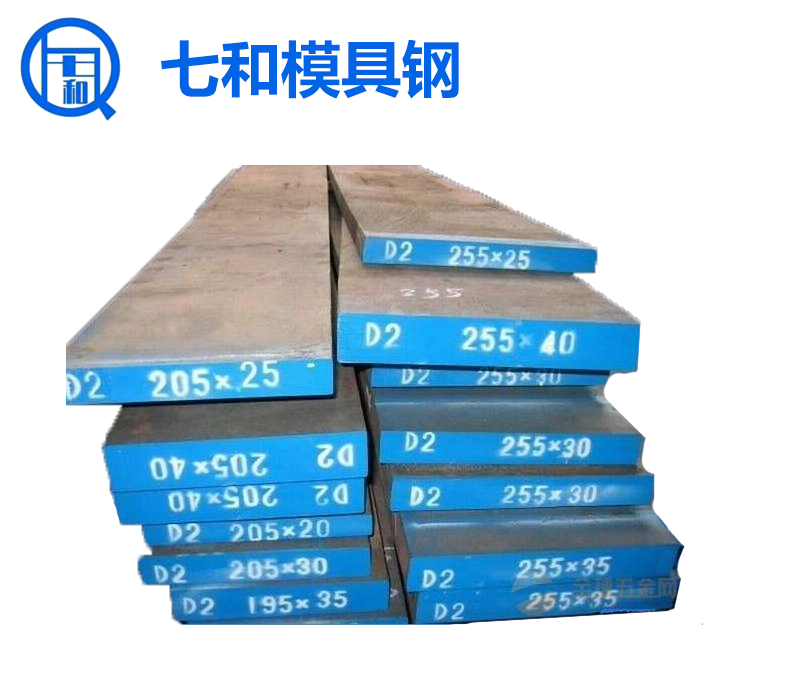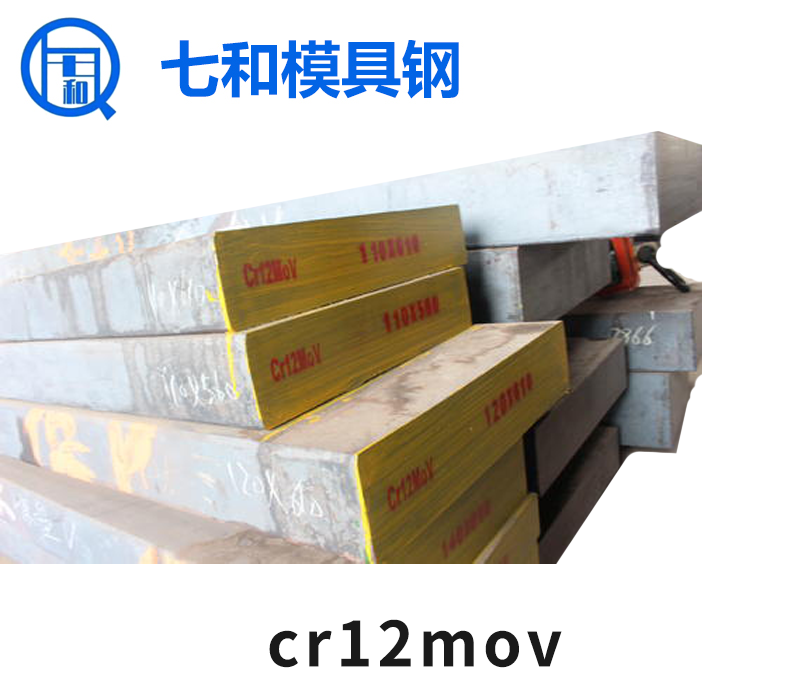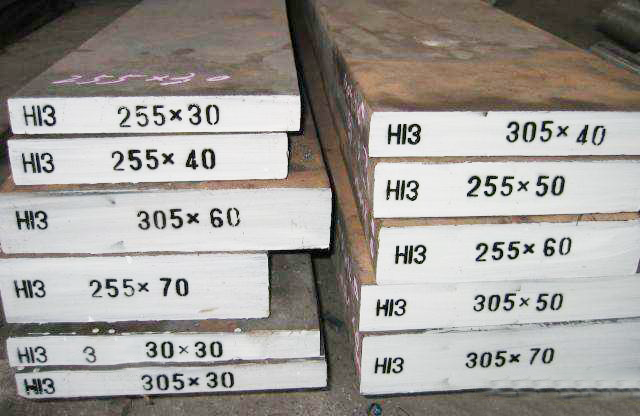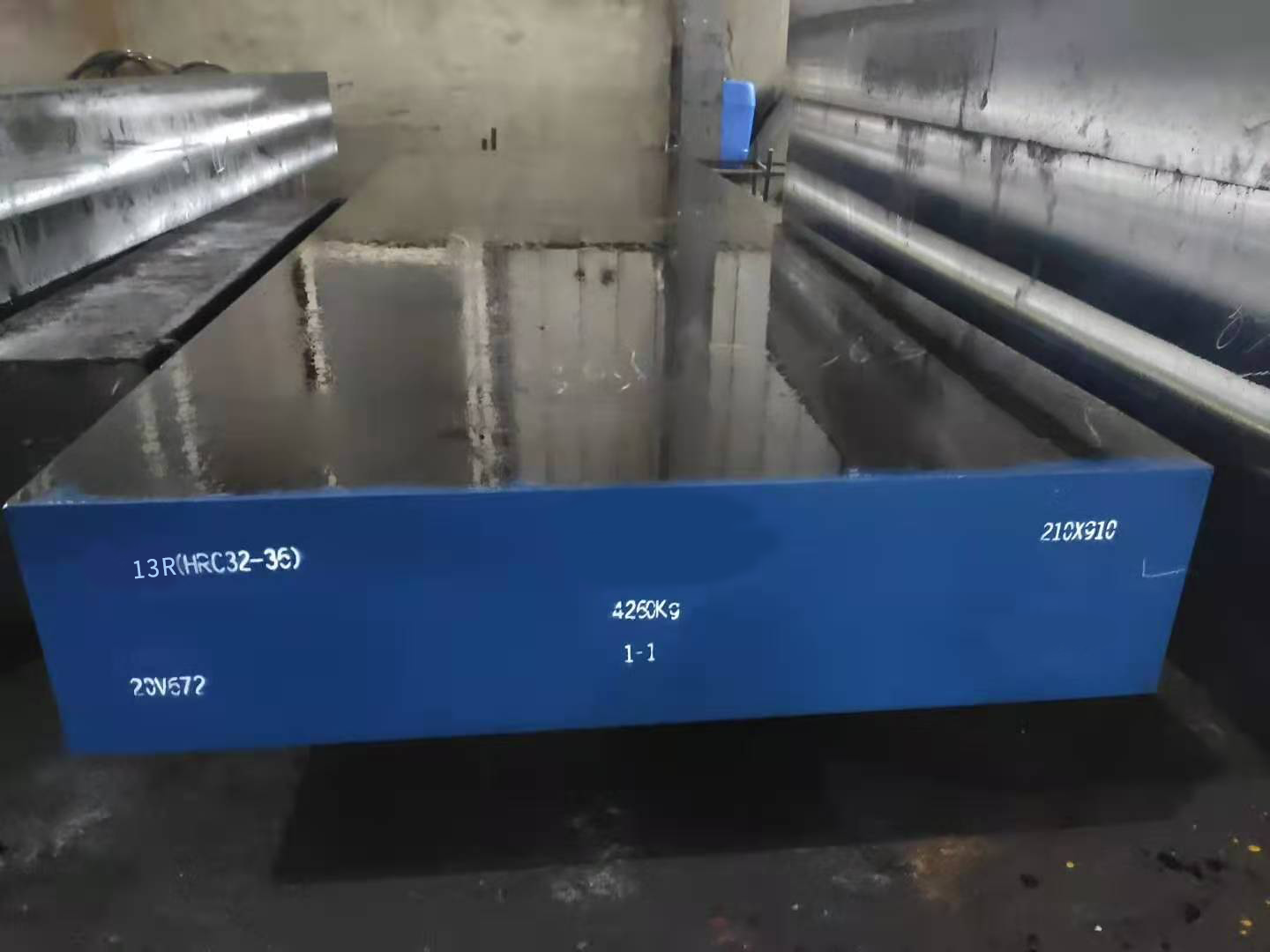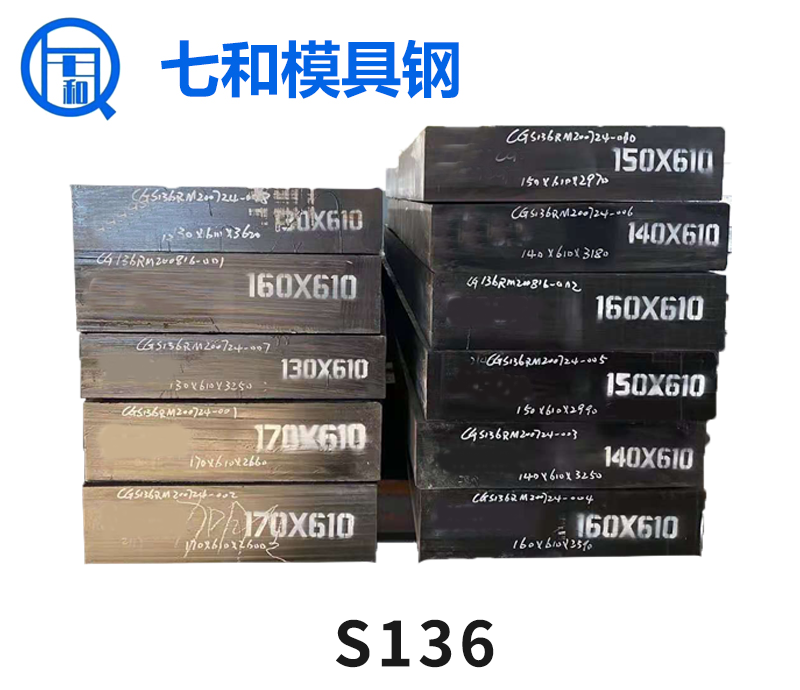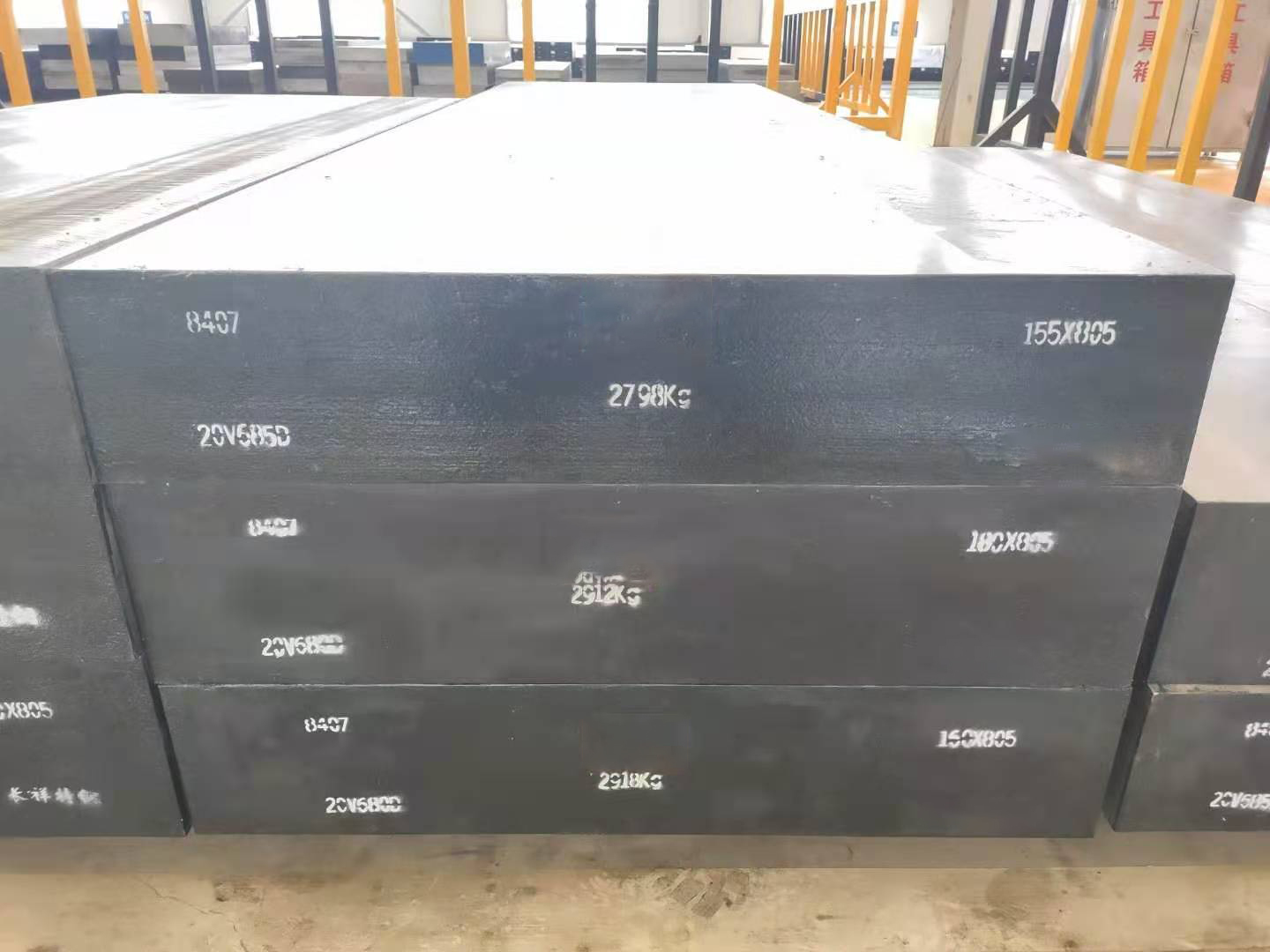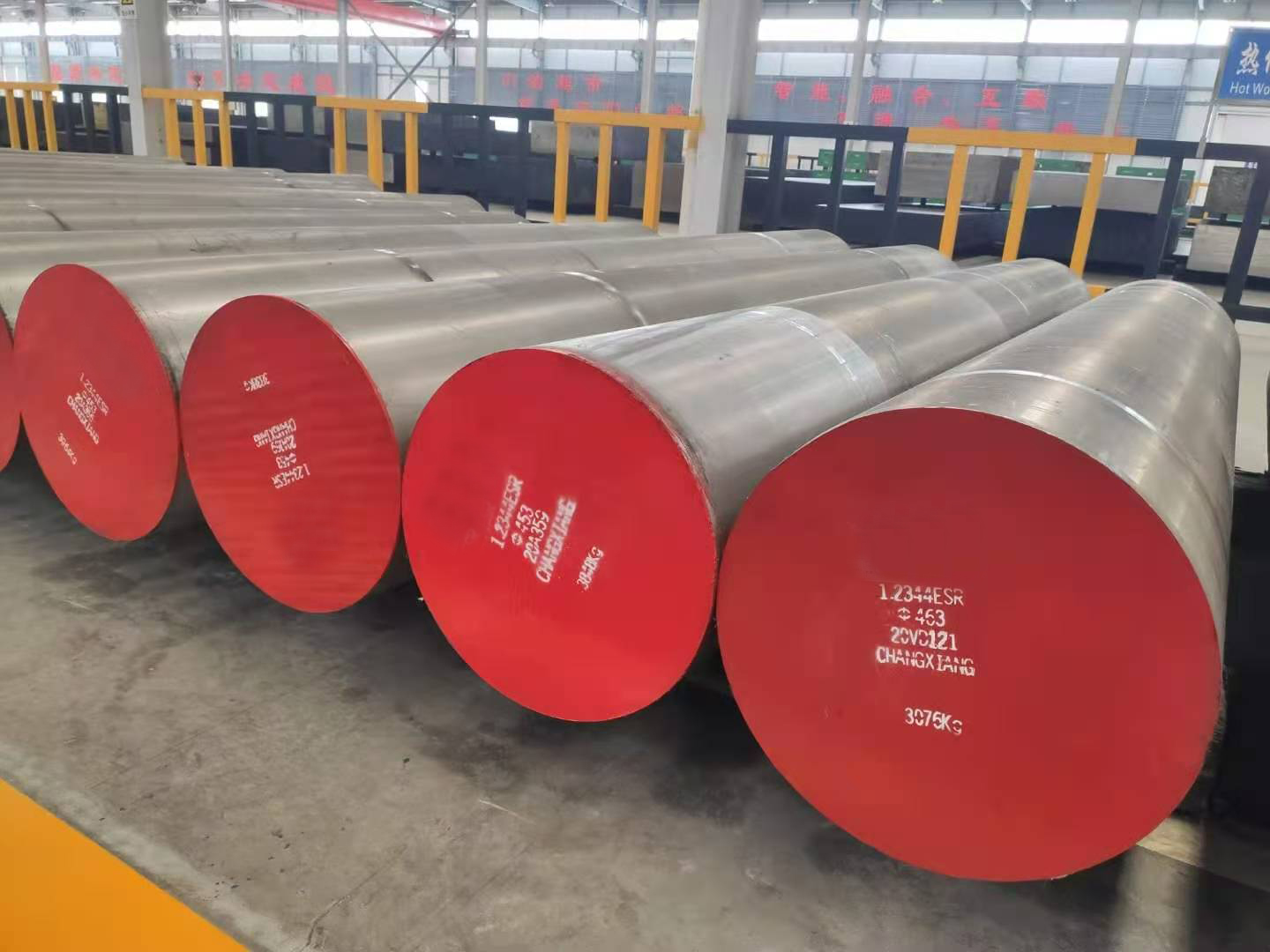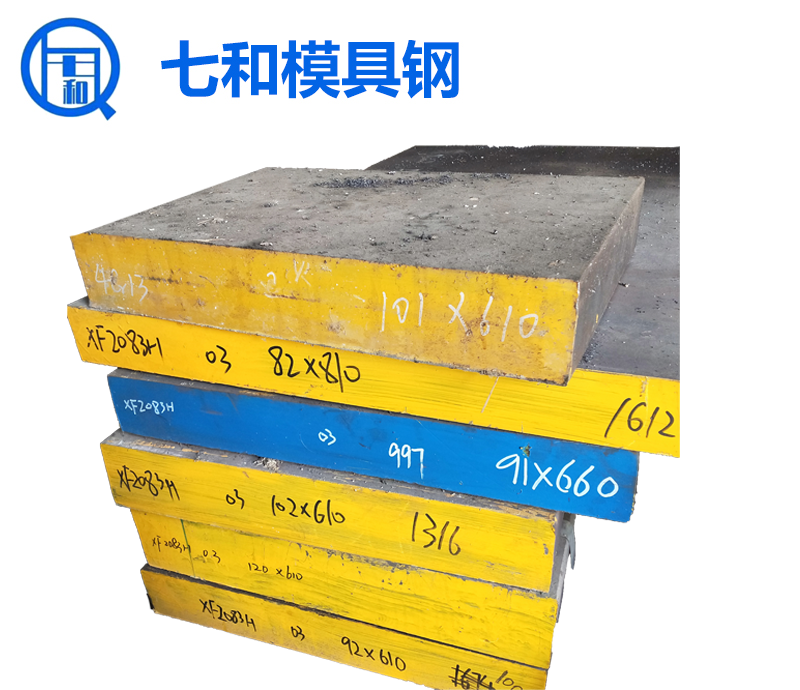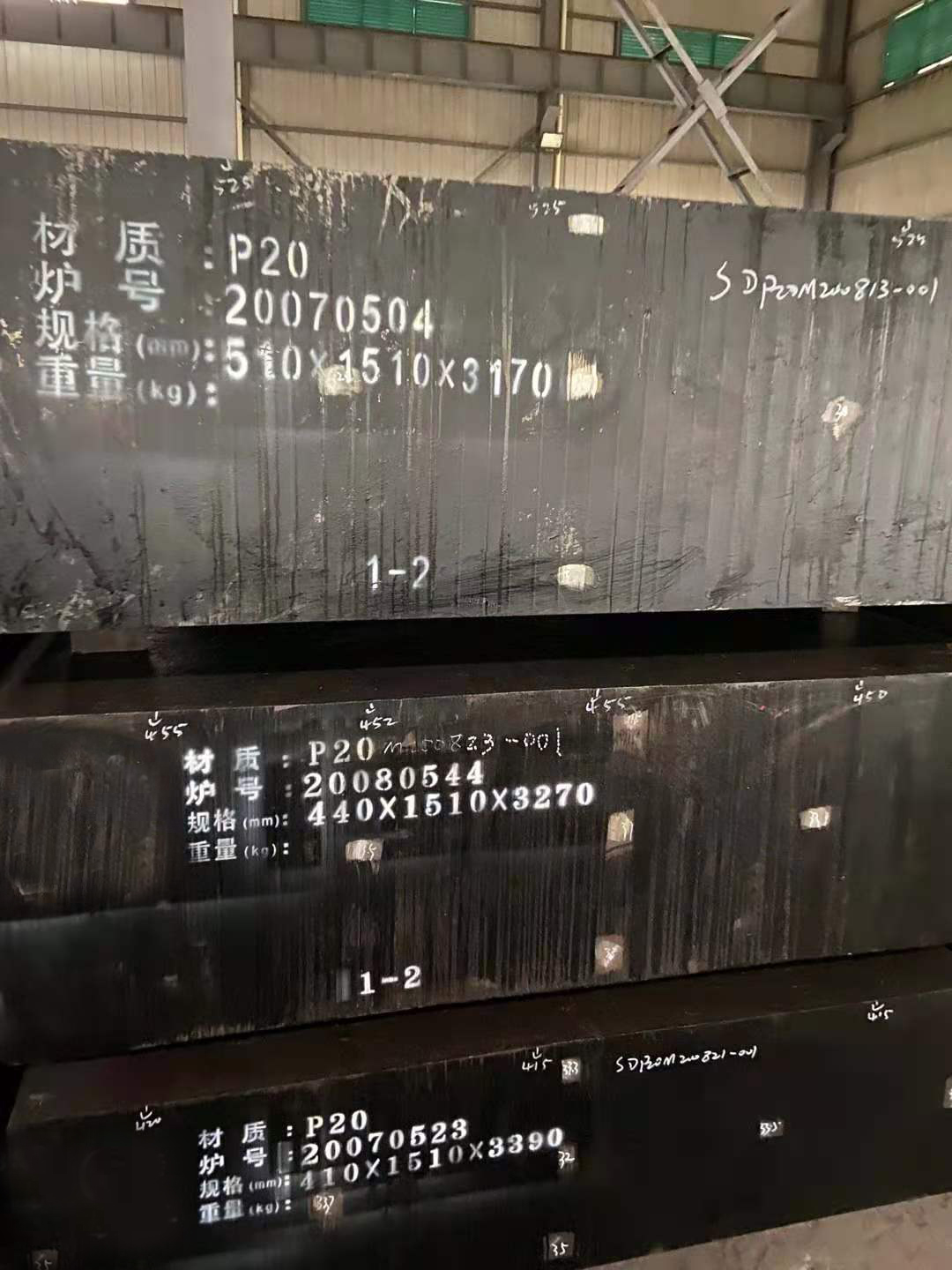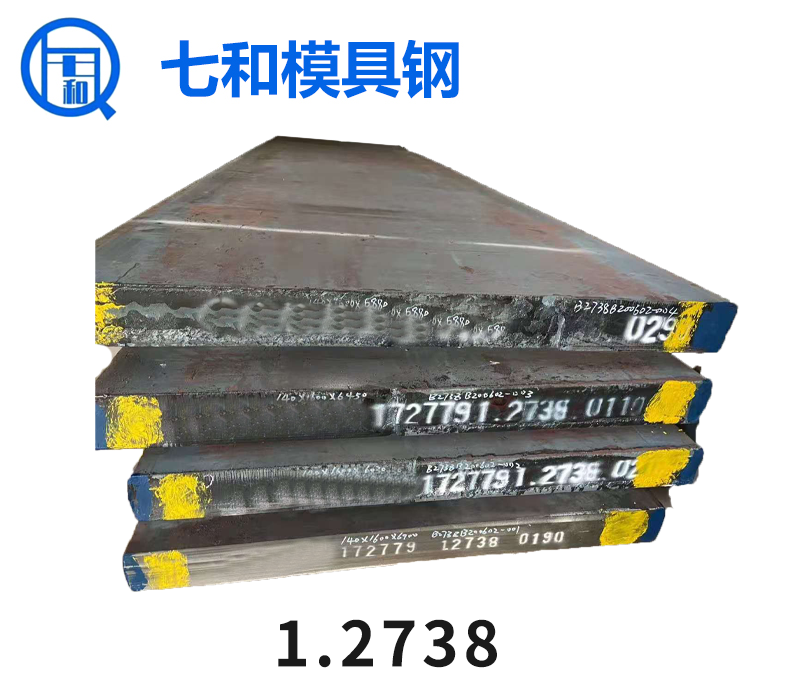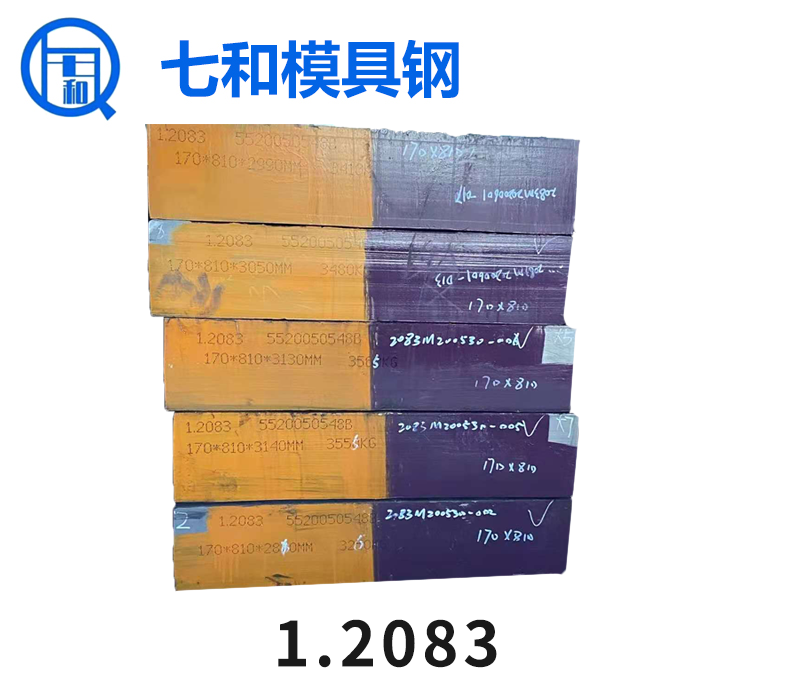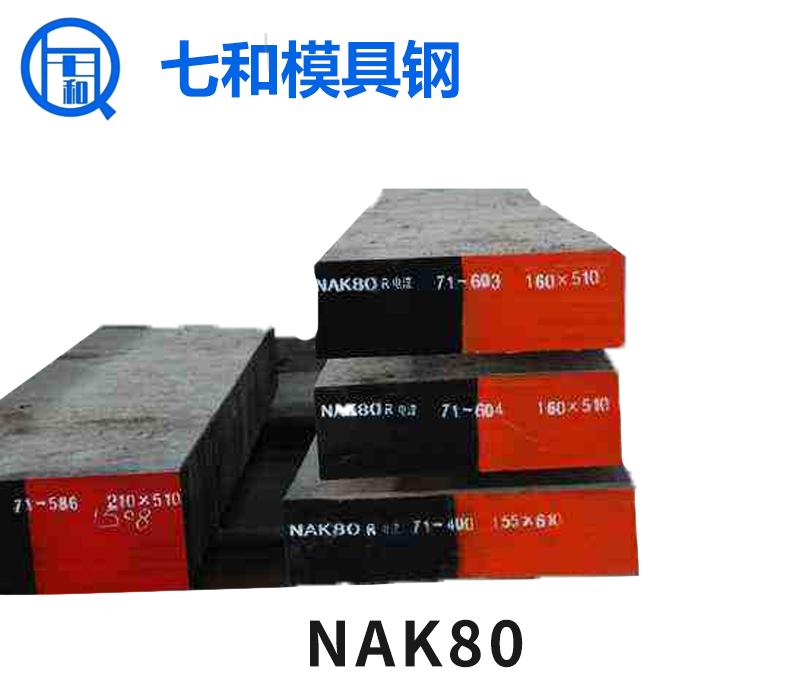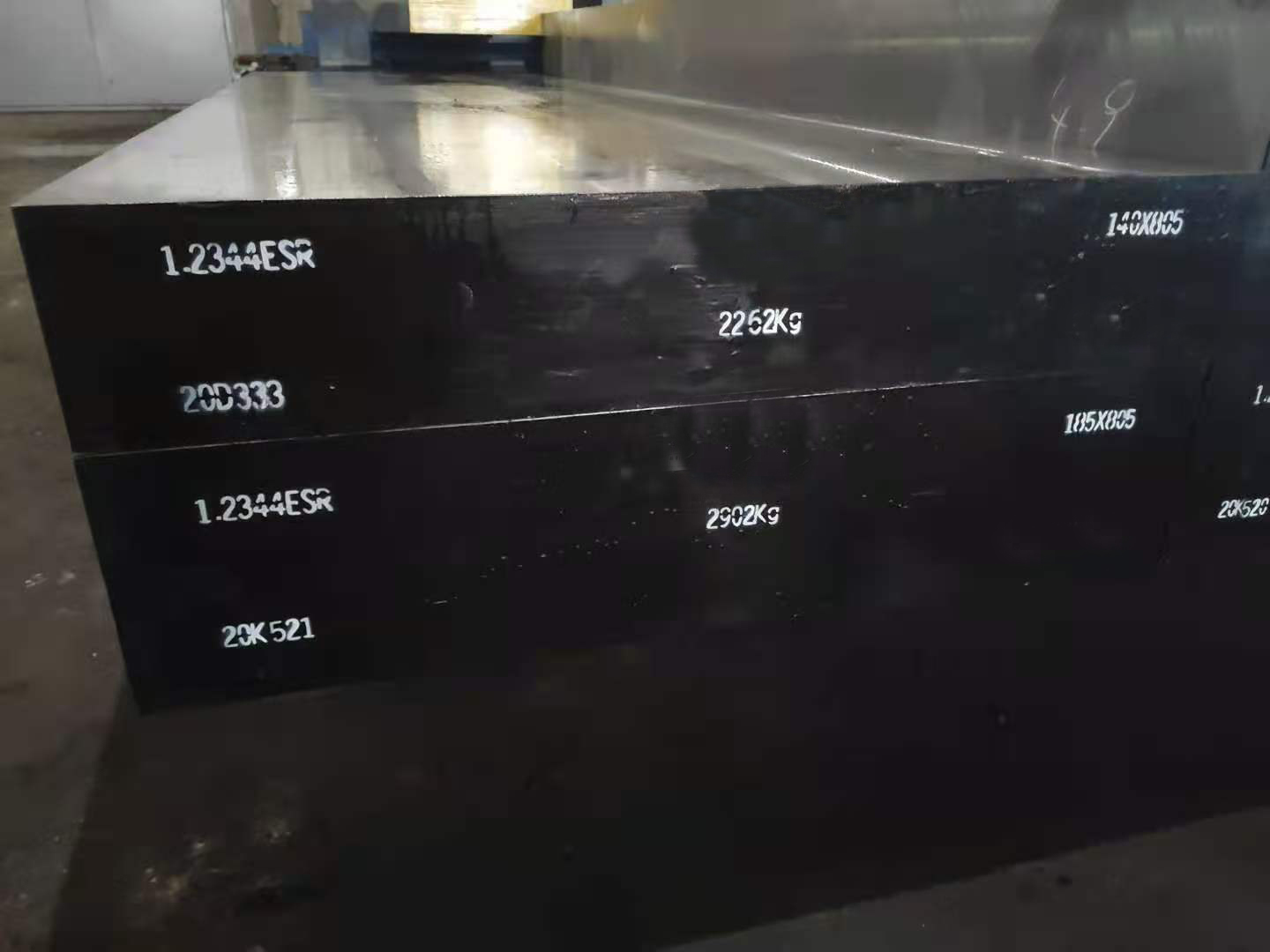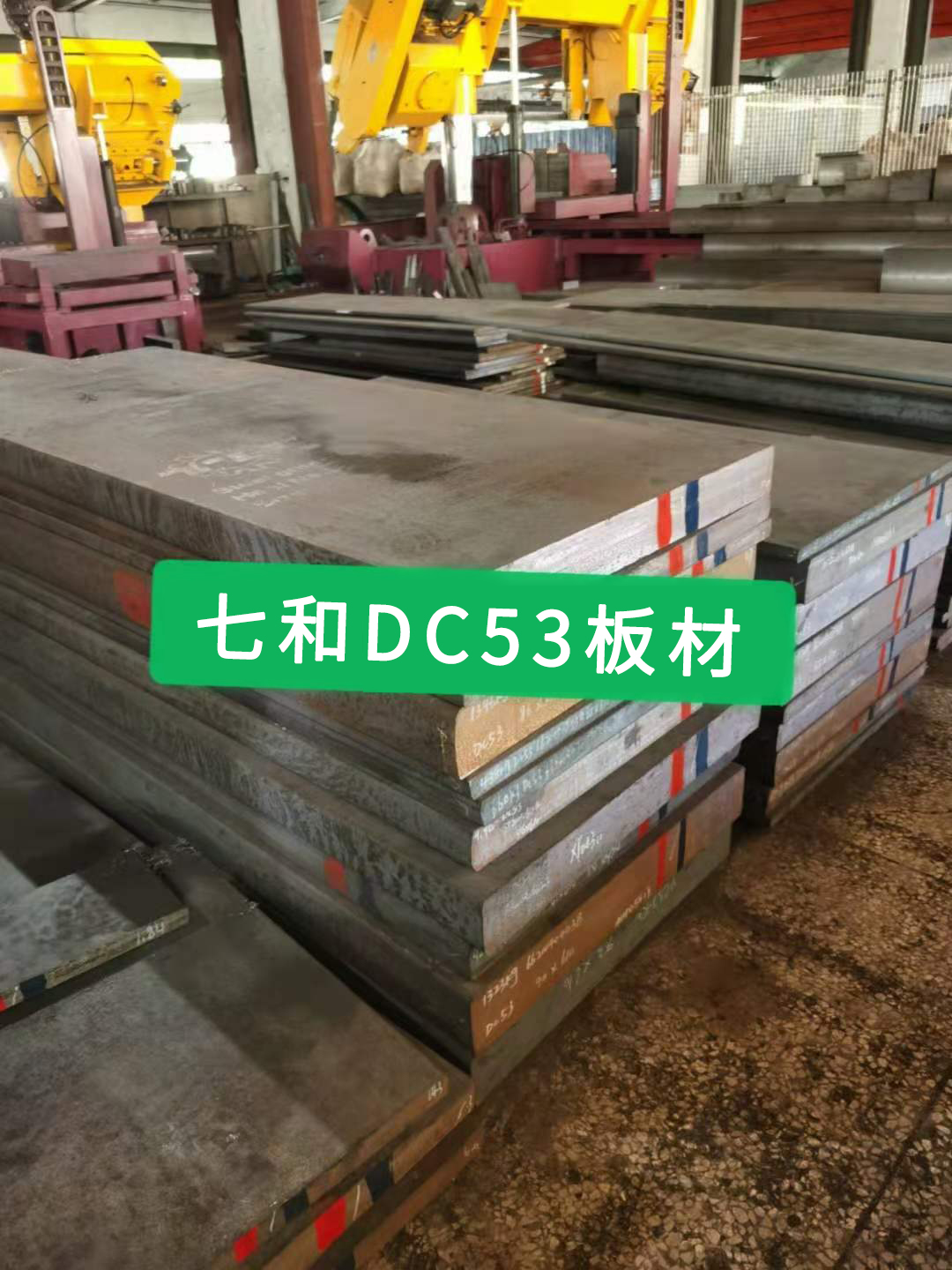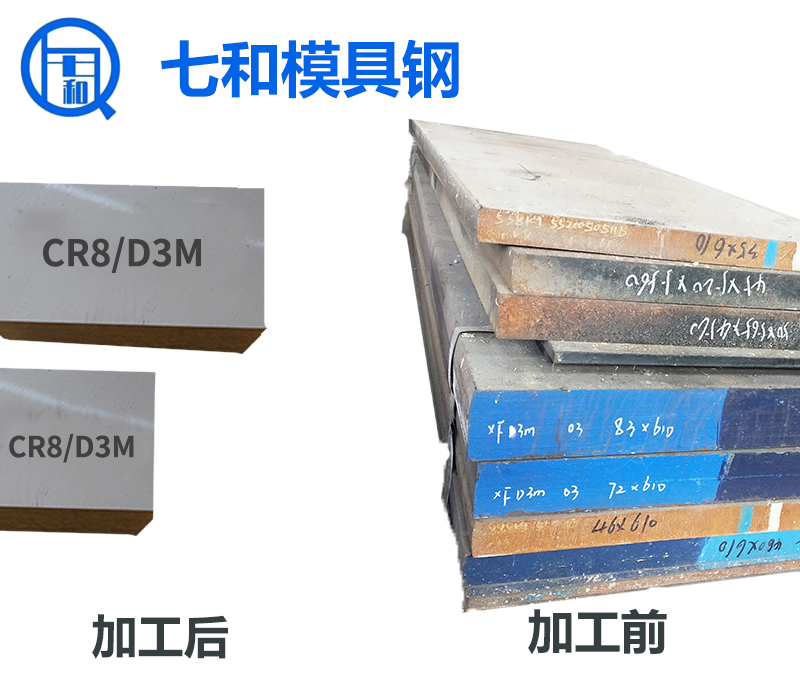冷作模具钢的基体性能要求是高硬度和高耐磨性,故一般应是高碳钢。在冲击条件下工作的模具要求其含碳量(质量分数)应在0.50%~0.70%,而要求高硬度、高耐磨性的冷作模具钢要求其含碳量(质量分数)应在1.20%~2.30%,都属于过共析钢。
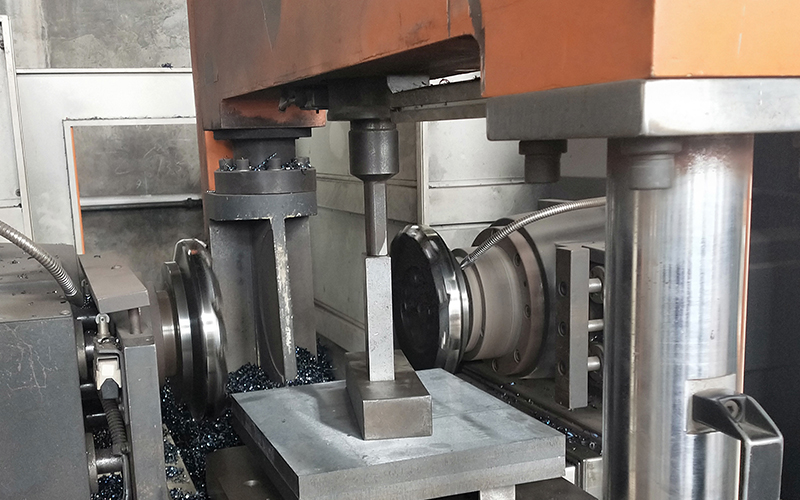
The matrix properties of cold working die steel require high hardness and wear resistance, so it should be high carbon steel generally. The carbon content (mass fraction) of die working under impact condition should be in the range of 0.50% ~ 0.70%, while the carbon content (mass fraction) of cold working die steel with high hardness and wear resistance should be in the range of 1.20% ~ 2.30%.
冷作模具钢中加入W、Mo、V等元素都能形成弥散的特殊碳化物,产生二次硬化效应,并能阻止奥氏体晶粒长大,起细化晶粒作用。因此能显著提高冷作模具钢的耐磨性、强韧性并减小钢的过热倾向。W、Mo、V等元素溶入奥氏体中可提高网的淬透性,固溶强化基体组织并改善钢的回火稳定性,W、Mo元素还可钢的回火脆性。
The addition of W, Mo, V and other elements in cold working die steel can form dispersed special carbides, produce secondary hardening effect, prevent austenite grain growth and refine grain. Therefore, it can significantly improve the wear resistance, strength and toughness of cold work die steel and reduce the overheating tendency of steel. W. The results show that the alloying elements such as Mo and V can improve the hardenability, strengthen the matrix structure and improve the tempering stability of the steel, and W and Mo can also eliminate the tempering brittleness of the steel.

Cr、Mn、Si的主要作用是提高钢的淬透性和强度。Cr也能形成特殊碳化物,产生二次硬化,提高钢的耐磨性。对于要求高耐磨性、高淬透性和微变形的冷作模具钢,钢的含Cr 量(质量分数)可提高12%,这类钢的淬火态有大量的残余奥氏体(约10%~40%)和未溶碳化物(约10%~20%),既可提高钢的耐磨性,又能减少钢的淬火变形,并有极好的淬透性。Si可强烈提高钢的变形抗力和冲击疲劳抗力。Mn可以降低马氏体相变点(MS)使淬火后的残余奥氏体量增加,故可减少模具的淬火变形。
The main function of Cr, Mn and Si is to improve the hardenability and strength of steel. CR can also form special carbides and produce secondary hardening to improve the wear resistance of the steel. For the cold working die steel which requires high wear resistance, high hardenability and micro deformation, the Cr content (mass fraction) of the steel can be increased to 12%. There are a lot of retained austenite (about 10% ~ 40%) and undissolved carbide (about 10% ~ 20%) in the quenched state of this kind of steel, which can not only improve the wear resistance of the steel, but also reduce the quenching deformation of the steel, and have excellent hardenability. Si can greatly improve the deformation resistance and impact fatigue resistance of steel. Mn can reduce the martensitic transformation point (MS) and increase the residual austenite content after quenching, so it can reduce the quenching deformation of the die.
因此Mn也是低变形钢的基体成分。对于工作中承受载荷的冷镦、冷挤压模具,需要很高的强度和韧性,通常采用低碳高速钢和化学成分相当于各类高速钢淬火后基体组织的基体钢,这种钢的合金元素含量较低(约10%~13%),成本也低于一般的高速钢。
Therefore, Mn is also the matrix component of low deformation steel. High strength and toughness are required for cold heading and cold extrusion dies under working load. Low carbon high speed steel and matrix steel with chemical composition equivalent to quenched matrix structure of all kinds of high speed steel are usually used. The alloy element content of this kind of steel is low (about 10% ~ 13%), and the cost is lower than that of ordinary high speed steel.
上一条:
热作模具钢是哪些材料?
下一条:
塑料模具钢有哪些特性?
